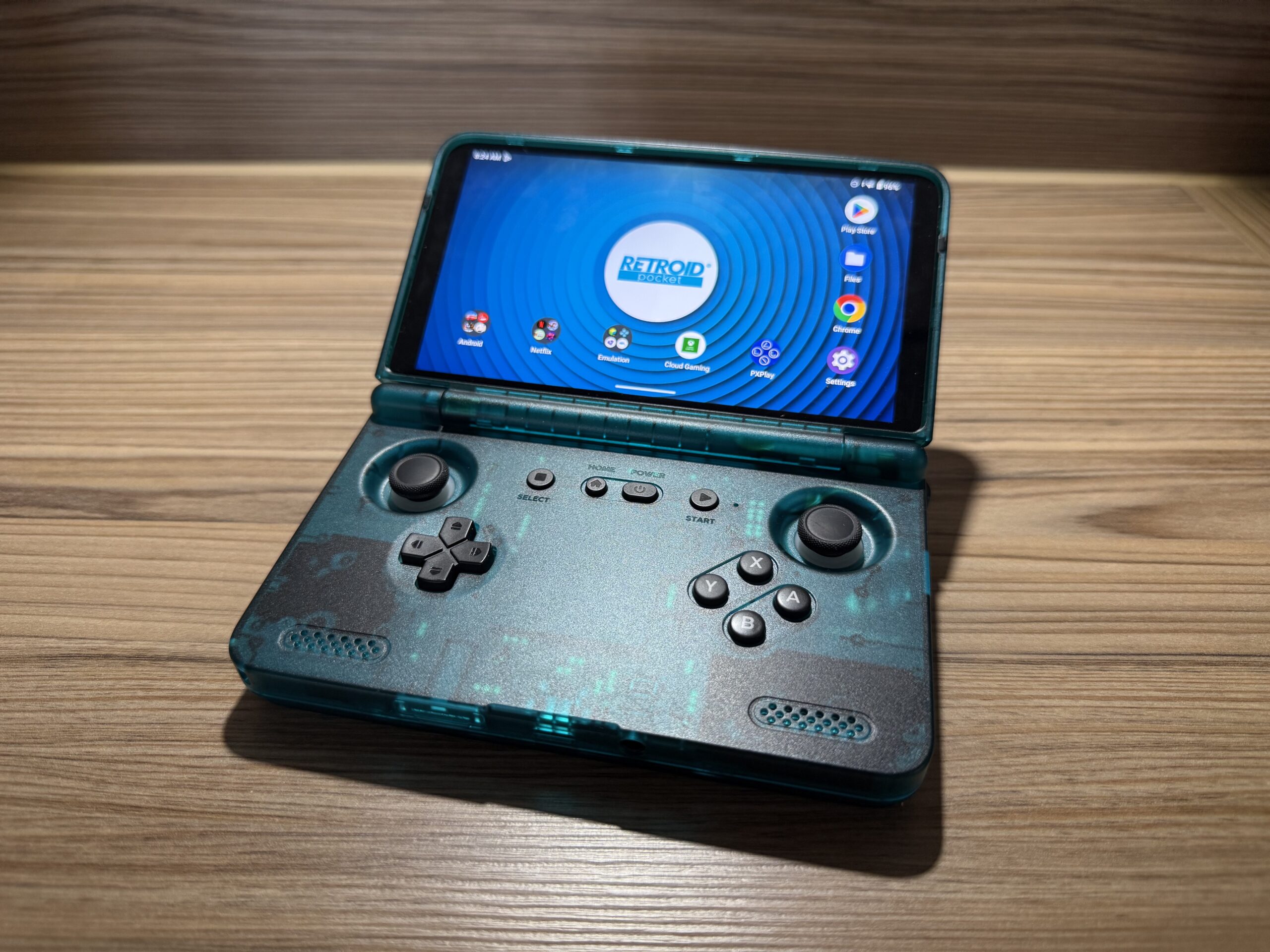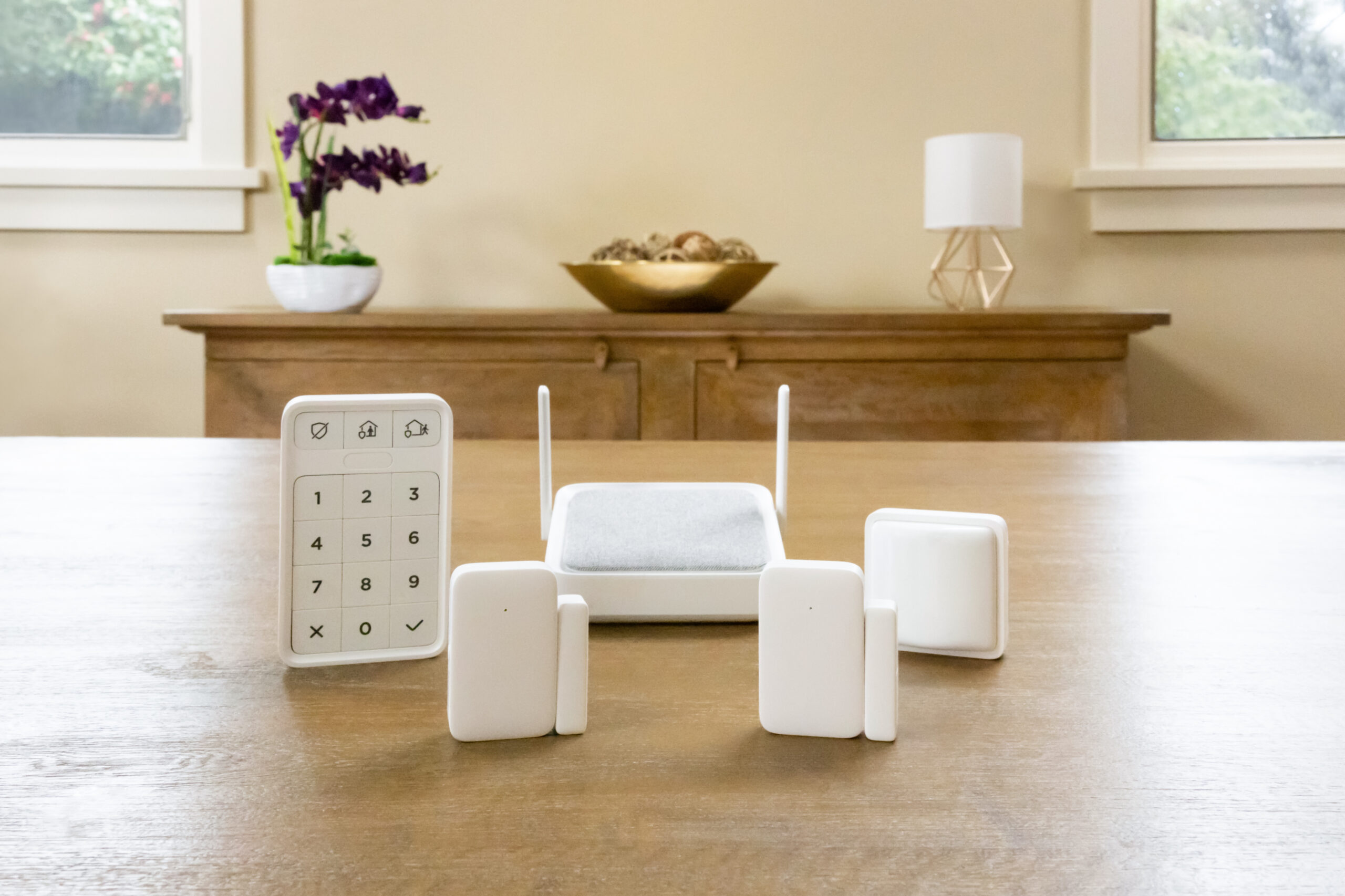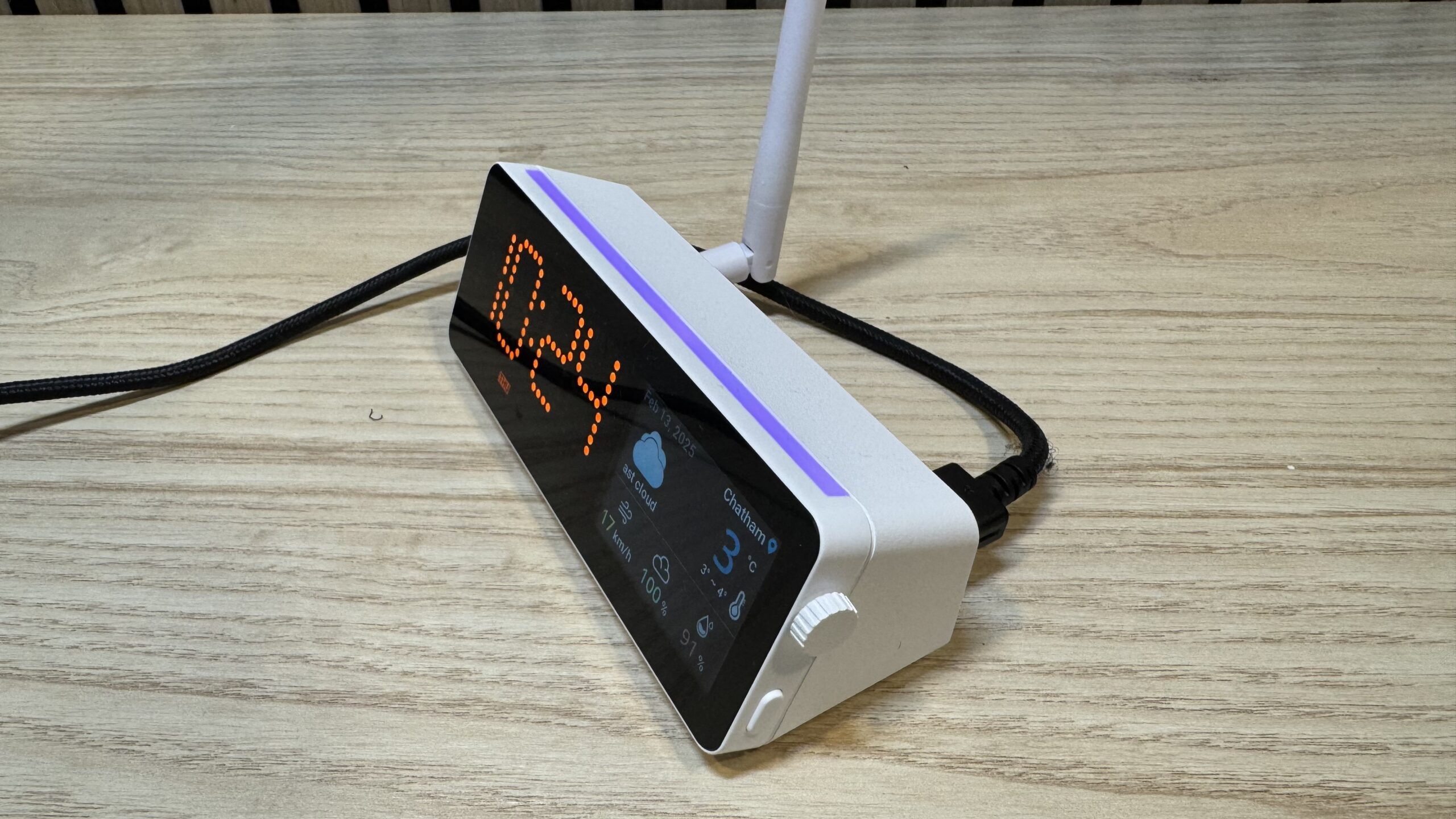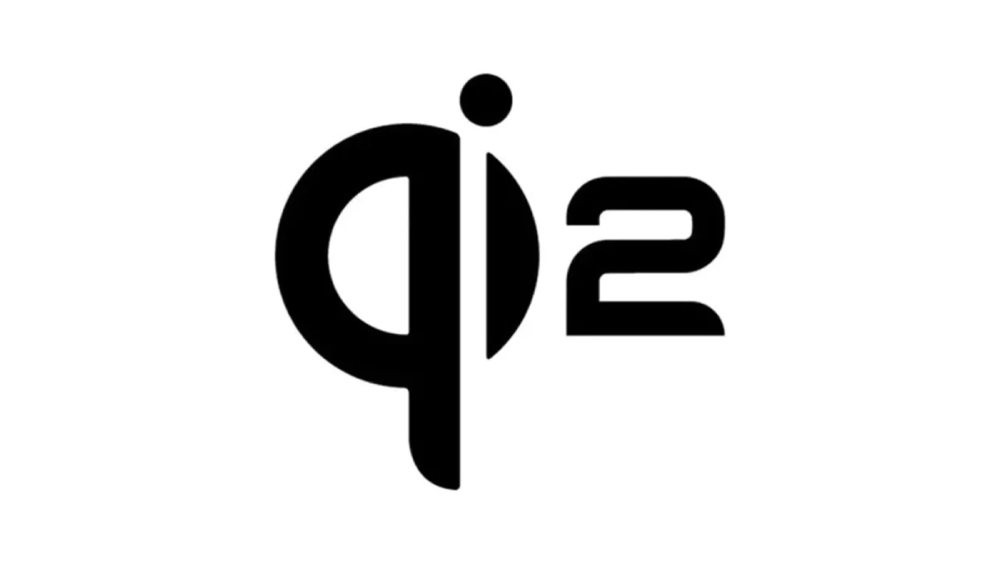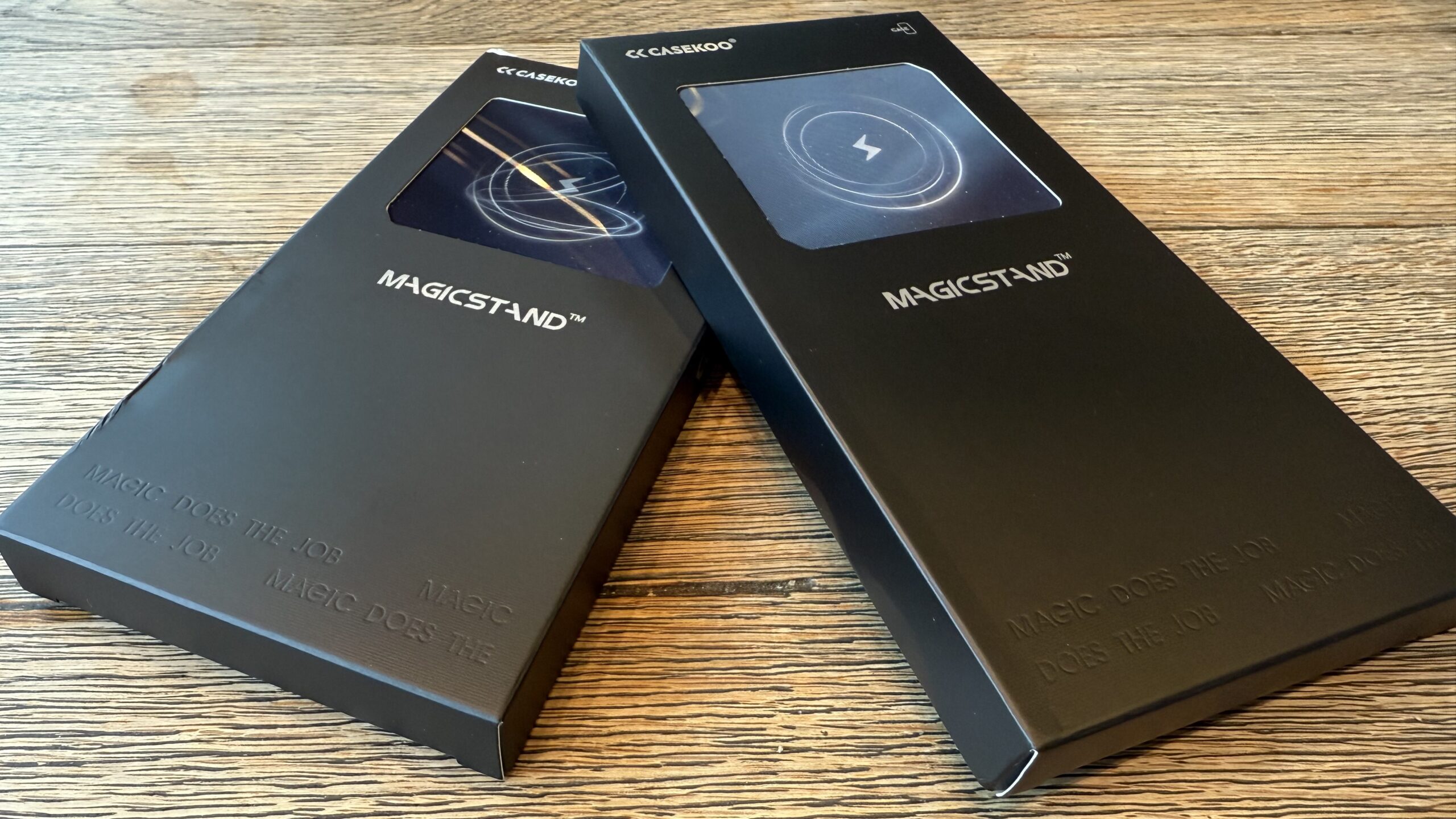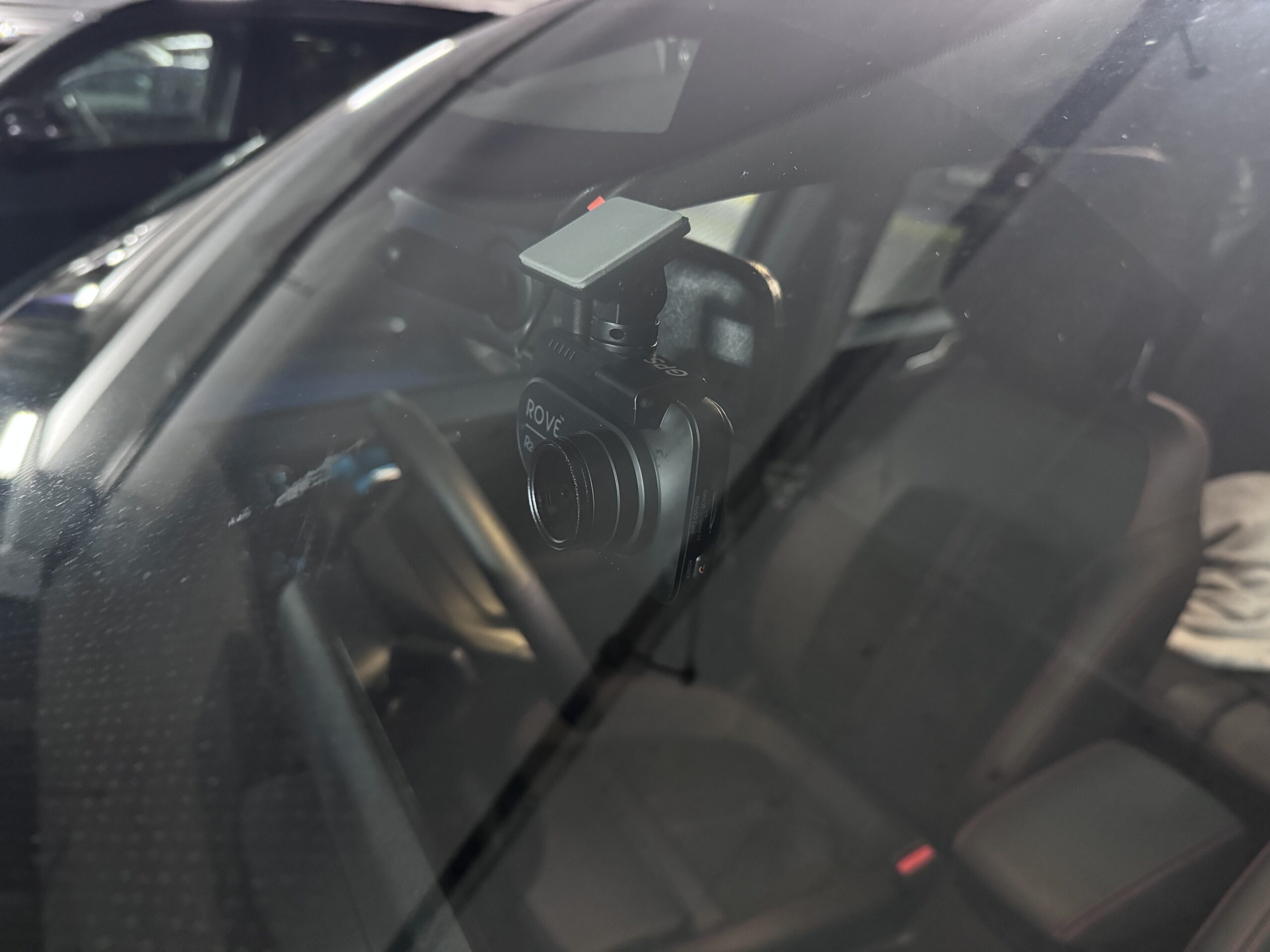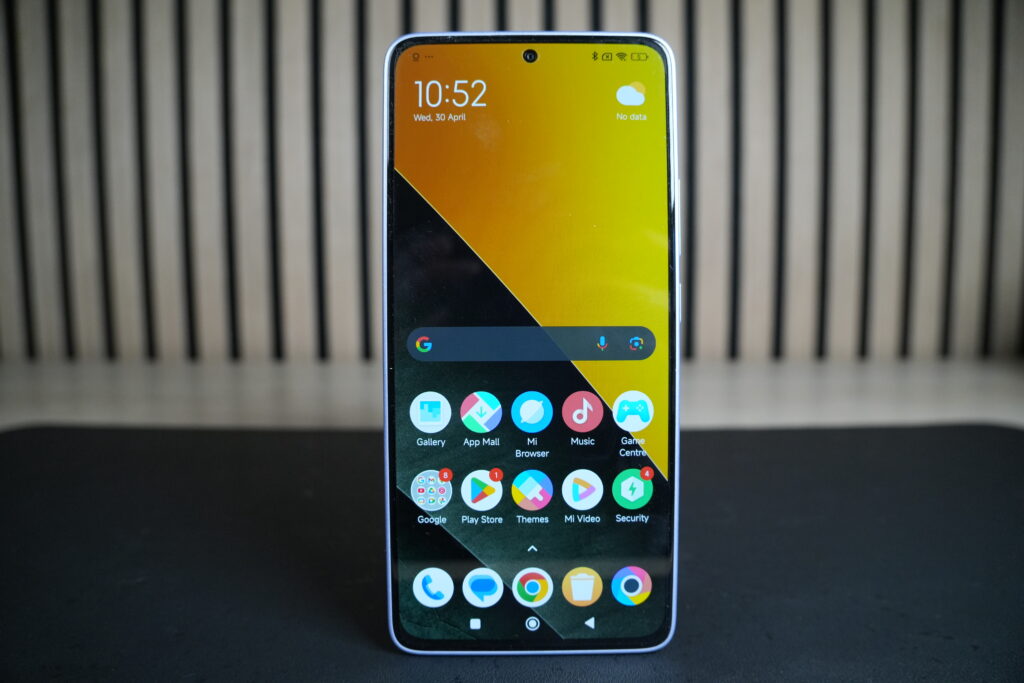
The definition of ‘Flagship killer’
The M7 Pro is a lot of phone for a very affordable price. it appears to cut very few corners in creating a ‘flagship killer’ hardware package but the software can still be a little rough around the edges.
| Pros | Cons |
| Striking Design Great Cameras Solid Battery Life Low Price | Confusing naming convention Mid range performance No wireless charging Non colour matched accesories |
Pro by name, pro by nature?
It seems a worrying trend of late for companies to add the words ‘pro’ or ‘ultra’ to device naming in a attempt to deceive buyers into thinking the product is more reputable so when I saw POCO had followed suit in naming this phone the M7 Pro 5G I was a little worried the performance wouldn’t match up to its ‘pro’ name but boy was I wrong.
With a price starting from just £199 for the 8gb RAM model or £239 for 12gb it sits squarely in the Mid range device category alongside the Galaxy A26 and the Motorola G Power.
Design
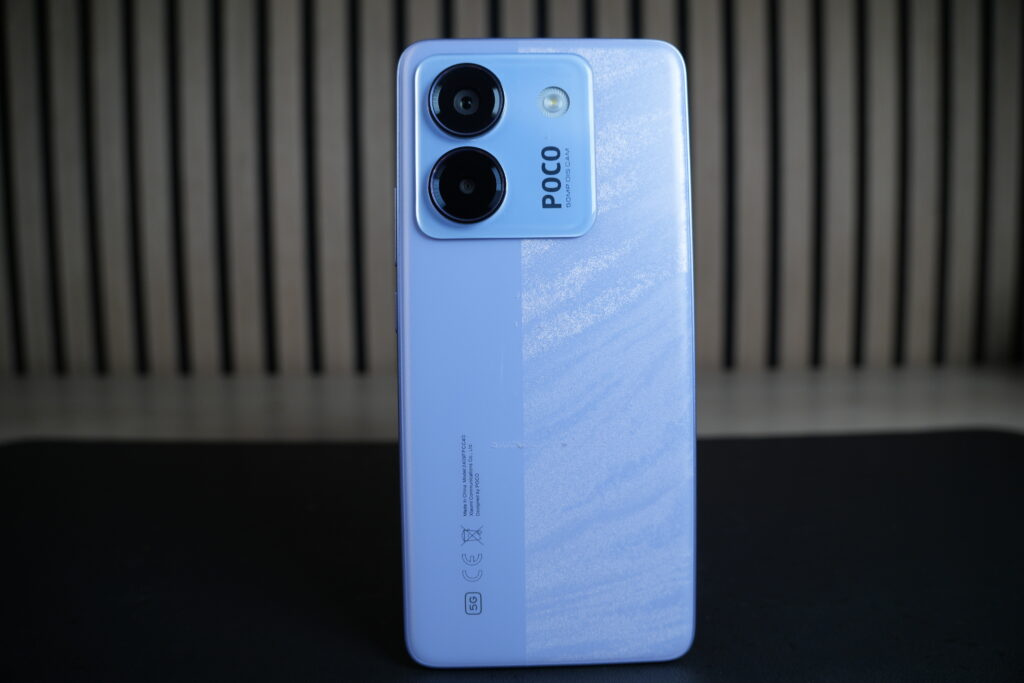
The design of the Poco M7 Pro is all round pretty nice compared to some of POCOs other more polarising designs. This one feels safer and a little more sophisticated. The phone doesn’t feel cheap and actually looks very premium.
Rather surprisingly, at its price point, the phone sports Gorilla Glass 5 on both the main front display and its back in a more frosted 2-tone variant coming in a range of colours such as Lunar Dust, Lavender Frost, and Olive Twilight. I personally got the Lavender Frost colourway, which, though not my first choice, is still striking and actually grew on me with time. It has quite a unique look, a nice water ripple style 3D effect applied to half of the surface, and its two cameras placed off to 1 side.
Those camera bumps are not small mind you and the rings are also huge but they still somehow manage to blend in really well with the rest of the phones design. The device is slim at 7.99mm thin and takes cues from the iPhone in its rounded edges and sides meaning its not going to dig into your hands too much during use while still coming with an IP64 dust and water resistance rating.
Whats in the box?
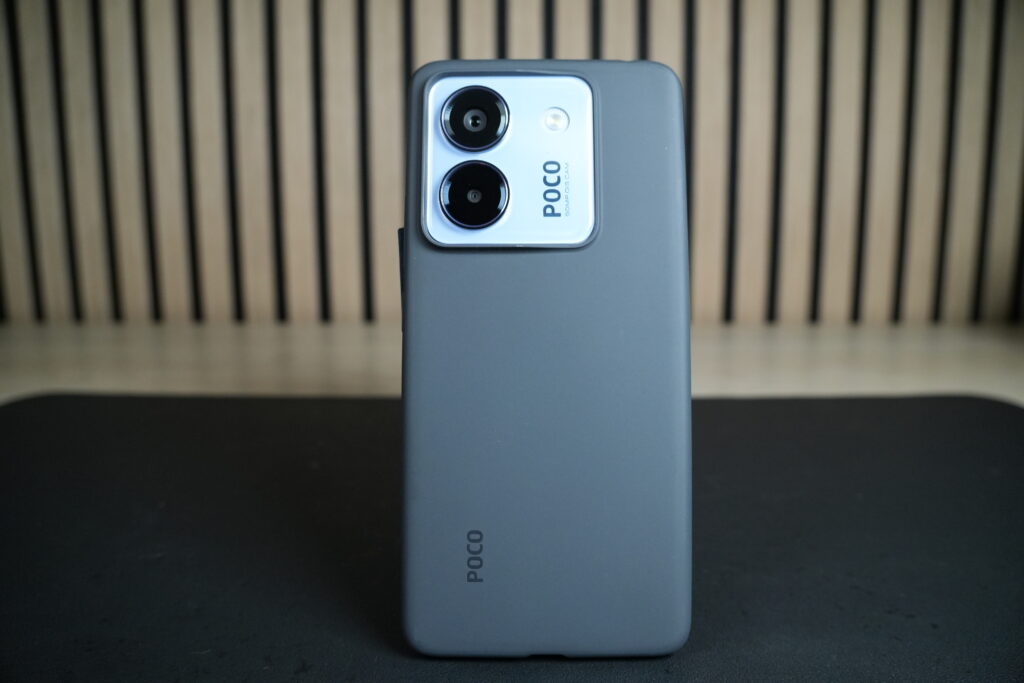
Its become common place in recent years for companies to charge more and offer less. so I was pleasantly surprised when I found the M7 Pro didn’t just come with its standard USB-C cable but also sported a nice (though European) 45W fast charger and Black silicon case. Though its a nice addition I would have liked to see a colour coordinated case with each phone as the black and lavender look is certainly not my favourite colour combination.
Display and Audio
Typically, in lower-end devices, the screen is one of the first things to get a downgrade to cut costs, but that is not the case with the M7 Pro; with its 6.67-inch AMOLED panel, it is one of the best features of the Phone; bar is its price tag, featuring an FHD+ resolution and pixel density pushing 400 PPI. The refresh rate can be pushed all the way to 120Hz, and the promised brightness sits at 2100 nits, meaning it should be visible in both day and night conditions.
In my testing I saw the screen maintain a solid 1800 nits with a respectable colour accuracy and temperature which made watching videos, playing games and even scrolling socials a very enjoyable visual experience.
Being AMOLED you also get the advantage of Always On Displays for things like messages, time or even some motivational quotes. a nice feature to have for the price.
The in screen fingerprint reader isnt the fastest on the market but it certainly does the job, and the same can be said for the 20mp front facing camera which is still a small cutout on the display but its small enough that I tend not to notice it, especially when in the midst of a gaming or multimedia session.
There’s a stereo system on the Poco M7 Pro, and it’s actually pretty decent. The earpiece doubles as a second loudspeaker much like many higher end phones do, but there are three holes in the frame at the top that help with the soundstage. The sound itself is pretty loud, and the quality is decent. The phone also has support for Hi-Res audio at 24-bit/192kHz and the inclusion of the headphone jack is as always a nice one on the budget handsets
Smile for the camera(s)
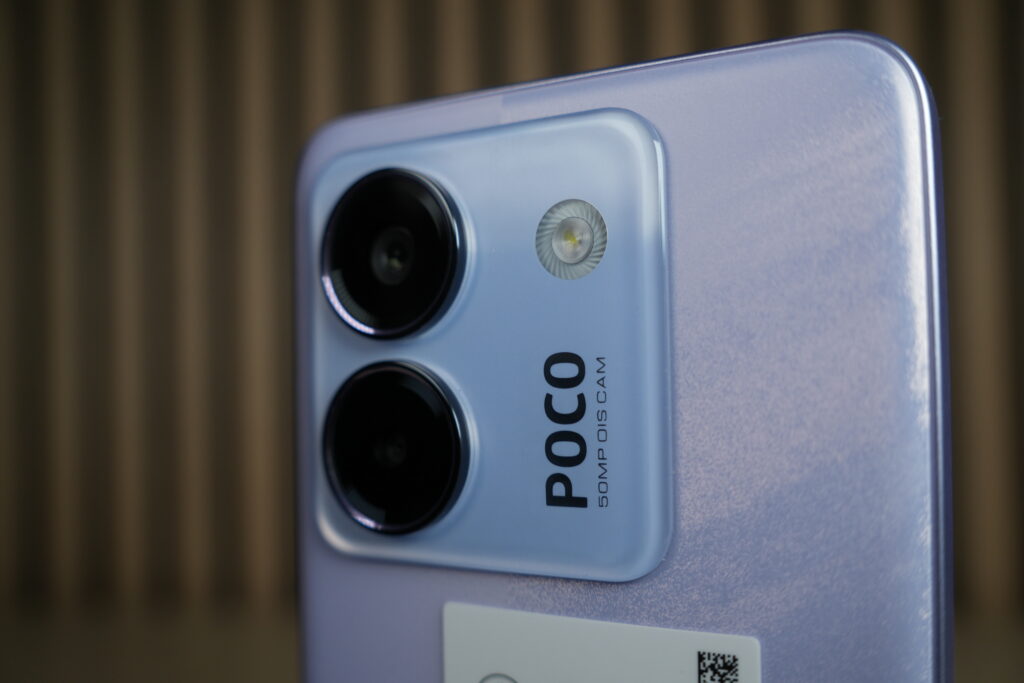
Cameras are becoming an essential part of any phone purchase, and Apple proved this year that a single sensor in the 16e can be more than enough to create some stunning photos and videos, providing good quality. Poco took this idea and ran with it; the M7 Pro features one wide camera sporting a 50 MP sensor under a lens with an f/1.5 aperture. Sadly, the actual sensor size is rather small, meaning you do sacrifice a little bit of detail in images. That being said, the camera has phase detection autofocus and optical image stabilisation, which really shouldn’t be taken for granted, at least not at the current price point. There are no ultra-wide or telephoto cameras to accompany the main shooter, but there’s a 2MP depth sensor to add bokeh when needed and spice up those portraits.

Rather unsurprisingly, due to that high MP count, the main camera can produce some really decent photos, especially if enough light hits the sensor. While this phone won’t threaten your regular iPhones or Galaxy devices, the camera gets the job done. There’s enough detail and dynamic range to produce some great images, and the colours look okay, albeit not too saturated, and and not too oversharpened, which can certainly happen with these lower-end devices. There’s some softness and flatness to the images in some scenes, and the low-light performance is not the best out there, but for general purposes, the camera on the Poco M7 Pro is quite usable.
Video is a simliar story. I tend to find video quality on these lower end phones to be awful but it just isn’t here. It’s smooth, pretty detailed and the colours are nice too. I would actually say this is more than usable video which definitely suprised me.
Performance
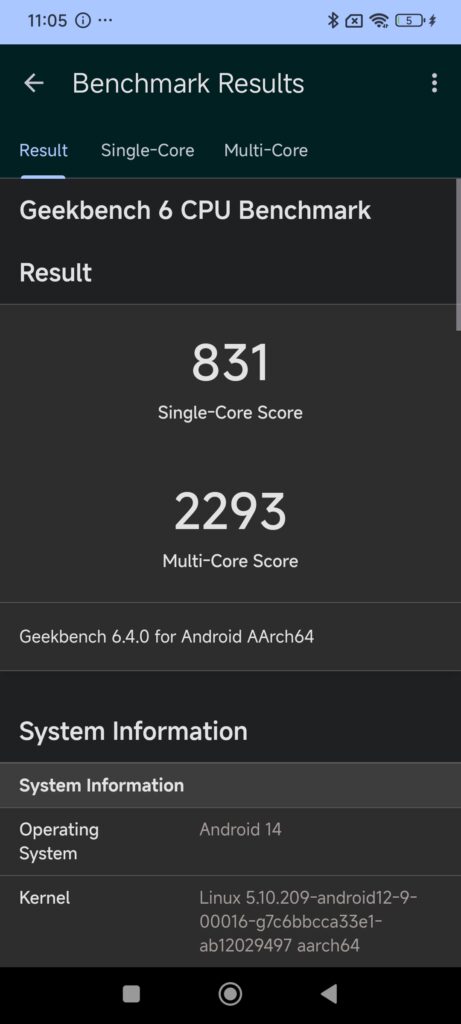
The chipset of the Poco M7 Pro is the rather confusingly named MediaTek Dimensity 7025 Ultra, which is a midrange chipset built on a 6nm node and honestly doesn’t live up to its ULTRA name. The phone is available in two memory configurations, one featuring 8GB of RAM, which I feel is the bare minimum in 2025. The upper variant comes with 12GB of RAM and 256GB of storage; for just £30, I will always suggest the four extra GB of RAM the higher-end model offers to help get the most performance out of this chipset.
In Synthetic benchmarks it shows that the Poco M7 Pro manages to stick with other phones in the same price range and even outperform some of them in certain Geekbench tests. In day-to-day use, the M7 Pro feels smooth and responsive browsing the OS and social media but it can also tackle games surprisingly well with titles like COD Mobile running at a solid FPS while maintaining a visual fidelity with its low to mid presets.
The Software Experience
The Poco M7 Pro comes with Android 14 out of the box and Xiaomi’s HyperOS UI on top, which is pretty standard affair for Poco, Xiaomi, and Redmi phones. There’s a fair amount of bloatware on board with things like games, aliexpress and TikTok, although you can uninstall it easily enough, and for the most part, the customization is good—you can switch between a drawer or no drawer, change the themes, the layout, how app icons look, you know, normal Android-type things. My only real gripe here is that, by default, the lock screen will serve you ads. These can be turned off by just choosing your own lock screen image, but I would have preferred not to see the ads option at all.
What’s missing is Xiaomi AI, and the reason might be that the chipset does not support some of the on-device features. You do get Gemini at the long press of the power button, which is infinitely more useful than Siri of late, but I actually don’t miss the lack of AI here as, most of the time, it feels half-arsed and not that great of an experience.
In terms of software support, the M7 Pro comes with four years of major Android updates and six years of security patches (in the EU). Versions in other markets feature shorter support, just two years of major OS updates and four years of security patches but still feels like a good amount of support for what is esseintially a lower end device
Battery
Unlike the Poco F series of phones, the M7 Pro doesn’t feature a silicon-carbon battery hybrid but a more conventional lithium-ion battery. Nevertheless, the 5,110 mAh capacity looks pretty hefty, at least on paper, and coupled with the midrange chipset means your getting a great amount of battery for the price.
In day to day usage I found myself finishing the day with about 20% battery and I am a pretty heavy phone user. This is a great result in general as I was running at the higher end 120hz refresh rate meaning you can get a lot more performance from just switching back down to that 60hz rate.
Charging on Xiaomi and sub-brand phones are always good, and even on this budget device, the wired power caps at 45W. This is more than what your average Galaxy S25 and Iphone offer, and the phone charges from zero to 100% in about an hour. Compared to the competition, the charging is a bit faster. There’s no wireless charging on board, but it’s to be expected at this price point.
Verdict
Poco seems to be releasing a new phone every other day and its always hard to say which is your best bet. The brand started as a budget Xiaomi spin-off and the M7 Pro follows that mantra; there’s nothing Pro about this model. It’s a budget phone but a very capable one.
In a nutshell, the display is quite good, the battery life and charging are pretty decent, it has great cameras and great performance across the board even in gaming workloads which says to me many people may be able to get away with purchasing something like the M7 Pro over a higher end flagship device and still getting many of those flagship experiences and features we’ve come to know and love.
All product links directing off-site will be affiliate links when possible and where applicable, and may result in commission earned on qualifying purchases. Find out more about our promise to you.


